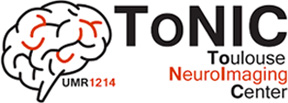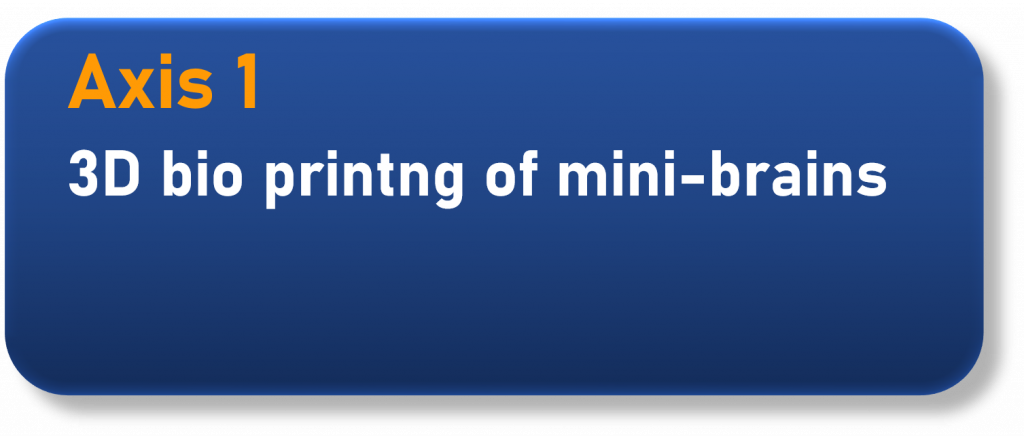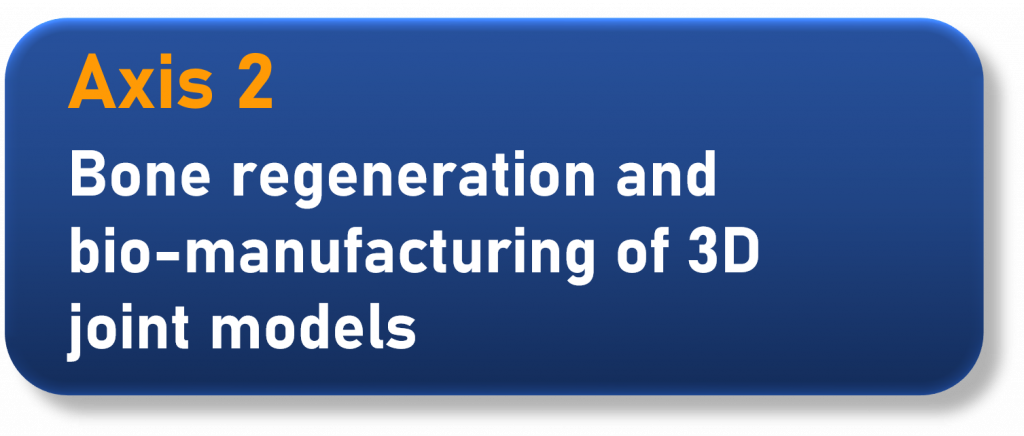Recherche translationnelle en santé,
technologie pour la santé et recherche clinique

3D CHIP team / Presentation
3D bio-printing of human tissues and
organoids on chips
The emerging team 3D CHIP has a strong expertise in tissue engineering and aims to develop 3D bioprinting and microfluidic organs on chips.
The team is directed by Pierre Layrolle
3D bio printing
3D bioprinting that emerged in USA in 2004, consists of depositing living cells encapsulated in biocompatible hydrogels (bio-inks). Bioprinting allows the bio-fabrication layer by layer of 3D human tissues or organs of complex shape from medical images. It may be possible to replicate the spatial organization of a complex organ such as the human brain by combining different bio-inks and cell types and to perfuse the 3D constructs in culture for several weeks.

Photograph of a 3D bioprinted hydrogel scaffold.

Fluorescent microscopy image showing human mesenchymal stem cells encapsulated in gelatin/alginate/fibrin hydrogels and cultured for 45 days.
Organoid
Organoids are based on the intrinsic property of cells to organize themselves into spheroid aggregates favoring 3D cell-cell interactions. Integration of these organoids into microfluidic devices with the size of a microscopy slide is called ‘organs-on-chip’. This concept has been proposed in 2010 for testing drug candidates against various pathologies.
The 3D CHIP project
The team 3D CHIP aims at bio-fabricating human tissues and organs ex vivo such as brain and osteoarticular joints for understanding their development and for modelling their pathophysiology. These 3D bioprinted tissues and organs may address major needs in public health (e.g. regenerative medicine with transplantation of tissues and organs) but also in pharma industry for testing drug candidates on human 3D tissue models as alternatives to animal experiments.

Bénédicte BRULIN

Frédéric LAUWERS

Pierre LAYROLLE



